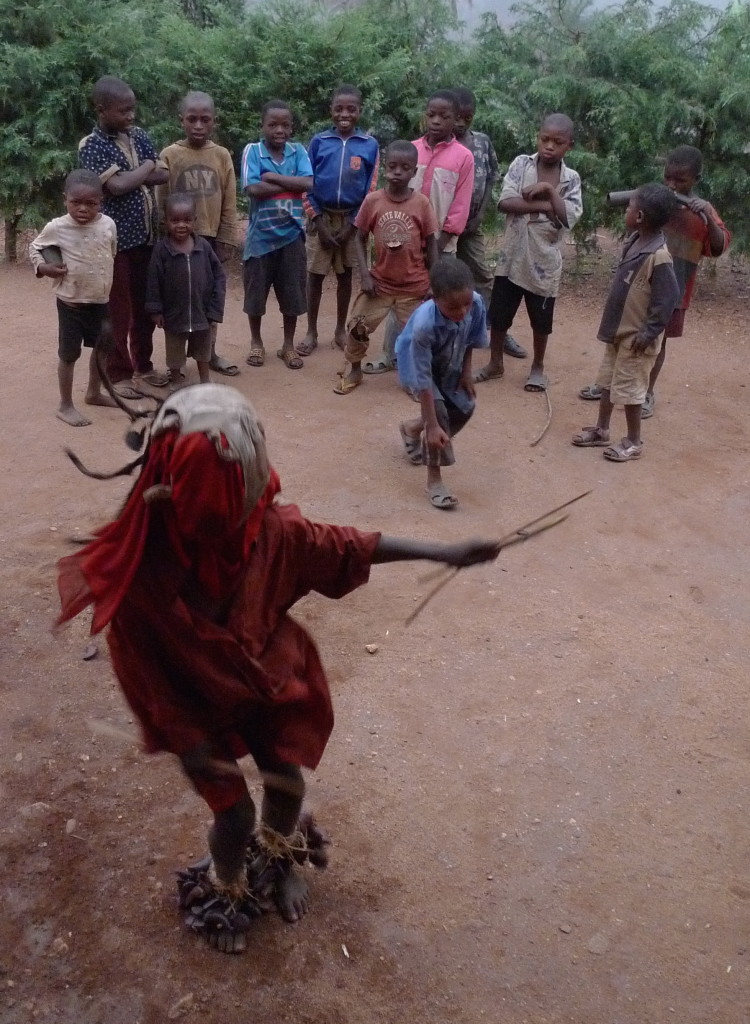Most linguistic projects on underdescribed languages focus on a “what” question: What are the grammars of these languages like? Lower Fungom shifted my attention to a “why” question that I brought up in a previous post: Why is this region so linguistically diverse?
The second question is harder to answer than the first. One cannot answer a “why” question like this using the tools of linguistics alone. It can only be done by integrating information about language, culture, history, and ecology, among other areas. It requires long-term research plans and active participation by the local communities.
I therefore reoriented my work, shifting from a “lone wolf” model where a single linguist focuses on one language, to a team-based model. Pierpaolo Di Carlo, who is taking a lead role in running the Pig for Pikin campaign was my first primary collaborator. We then established strong partnerships within the Cameroonian academic community and now work closely with Cameroonian linguists and anthropologists, both professors and students.

We had to develop an effective partnership with the people of Lower Fungom, as well. Our goal is to learn new things about language from their societies, but we can only do this because they actively maintain their own cultures and language competencies. They are as much a part of the research team as its scholars, even if their expertise and contributions are of a different kind.
We have done various things to help make sure that the communities of Lower Fungom are compensated for their role in the research, considering in particular how entire communities can see the benefits of the work, rather than just a few elites. Working out how to do this has effectively become as much a part of our research as more traditional scholarly questions. Right now we are devoting our energy to the Pig for Pikin project.
This is still a new project, but it was formed via consultation with the local communities and ReIgnite Action for Development, a UK NGO with a base in the Grassfields. I am very hopeful that it will have a substantial positive impact on Lower Fungom, and sustainability is built into its fabric. However, it can only become sustainable with a solid foundation, and, at this stage, this requires more funding than our research dollars can allow.
Jeff Good

2 thoughts to “Local communities as research partners”
Hurrah! Finally I got a website from where I can in fact obtain valuable data
regarding my study and knowledge.
Hi gram I’m happy you have found this blog post informative. Please consider making a donation to the project at http://www.ulule.com/pigforpikin . Crowdfunding campaign ends July 4 and we’re at 56% of our first goal! Even $6 can make the difference…